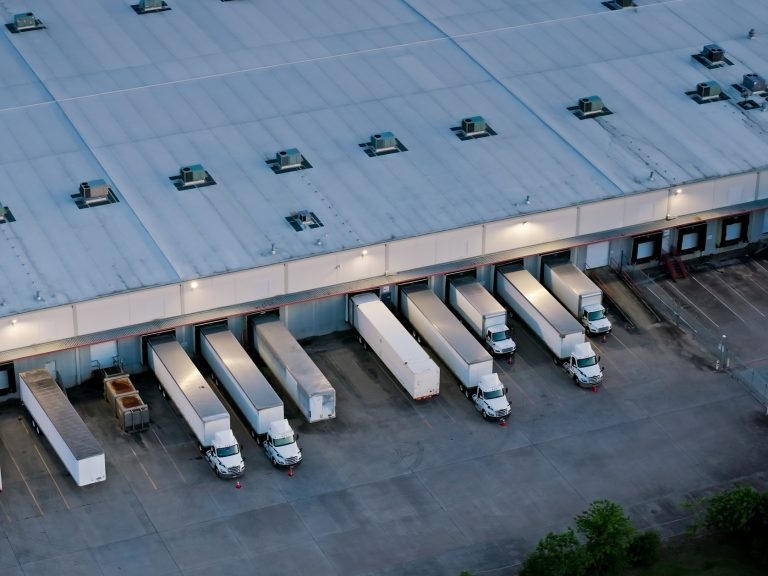Moving pictures: cinemas shift from CBDs to the suburbs

Three years ago, heritage activists were up in arms as developers took down Brisbane’s historic Regent Theatre – built in movie’s golden age – to make way for a new, 38-storey office tower.
Against wails of history being defiled, many people were left wondering who really wants to go to the cinemas in an age when you can download any entertainment, any time you like.
Plenty of people do, as it turns out. Australians go to the movies on average 4.3 times a year, well ahead of admissions per capita in the US and the UK. And those numbers have remained surprisingly resilient over the past decade, even while video content delivered over the internet has increased eight-fold.
But where we go to see our rom-coms, action flicks and art films has undergone a profound change. In the 1970s, one in five Australian cinemas were in city locations, but now just 4% of silver screens can be found in CBD locations like the Regent’s grand Queen St address.
Since the turn of the century, the number of screens in Australia has risen 10% but that growth has taken place in the suburbs; they are now home to more than half of the market, up from 23% in 1980.
 While the cinemas of old housed just one theatre seating 200-350 patrons, since 1995 much of the industry’s growth has been in multi-screen complexes, epitomised by the giant Marion Megaplex in Adelaide’s southern suburbs.
While the cinemas of old housed just one theatre seating 200-350 patrons, since 1995 much of the industry’s growth has been in multi-screen complexes, epitomised by the giant Marion Megaplex in Adelaide’s southern suburbs.
Australia’s largest cinema venue hosts 26 cinemas, from 30-seat, up-market gold class theatrettes to giant Vmax theatres with stadium-style seating and 20-metre screens designed for digitally produced films.
It’s with the continued 3D advance that the industry is now grappling. Many of the country’s largest exhibitors rushed to install 3D screens ahead of the release of the 2008 blockbuster Avatar, but five years later many in the industry are wondering if it was worth the investment.
On the one hand, the viewing experience of 2013’s digitally produced hits like Kathryn Bigelow’s Zero Dark Thirty or Ang Lee’s Life of Pi is considerably enhanced in the digital format, and 3D films have proved popular with a younger generation brought up on video and online games.
On the other hand, top Hollywood directors like Quentin Tarantino and Christopher Nolan insist on shooting in traditional 35mm celluloid and large sections of Australian audiences prefer viewing in the conventional format. As the managing partner of 15-screen Cinema Nova complex in inner Melbourne said: “Some people just don’t want to wear the glasses. I’d say generally for us the 2D goes better than the 3D.”
That explains why digital screens can be found in just one quarter of Australia’s cinemas, compared with 57% in South Korea or 40% in America.
The other reason is down to the fastest growing segment of the film market, art house.
Driven by the popularity of foreign film festivals, the art film movement has come to the rescue of old, inner-city theatres, like art deco jewels Hayden Orpheum on Sydney’s lower North Shore, the Randwick Ritz and the Sun Theatre in Melbourne’s Yarraville.
Here highbrow patrons watch the latest Jane Austen adaptions and re-runs of classics, revelling in the velvet curtains, comfortable seating, Wurlitzer organ recitals – would you believe – and, best of all, cheap local parking.
While the days of crowds flocking to look-alike, play-alike cinemas in high rent CBD locations may well be numbered, the cinema market looks set to continue delivering more variety than ever.







